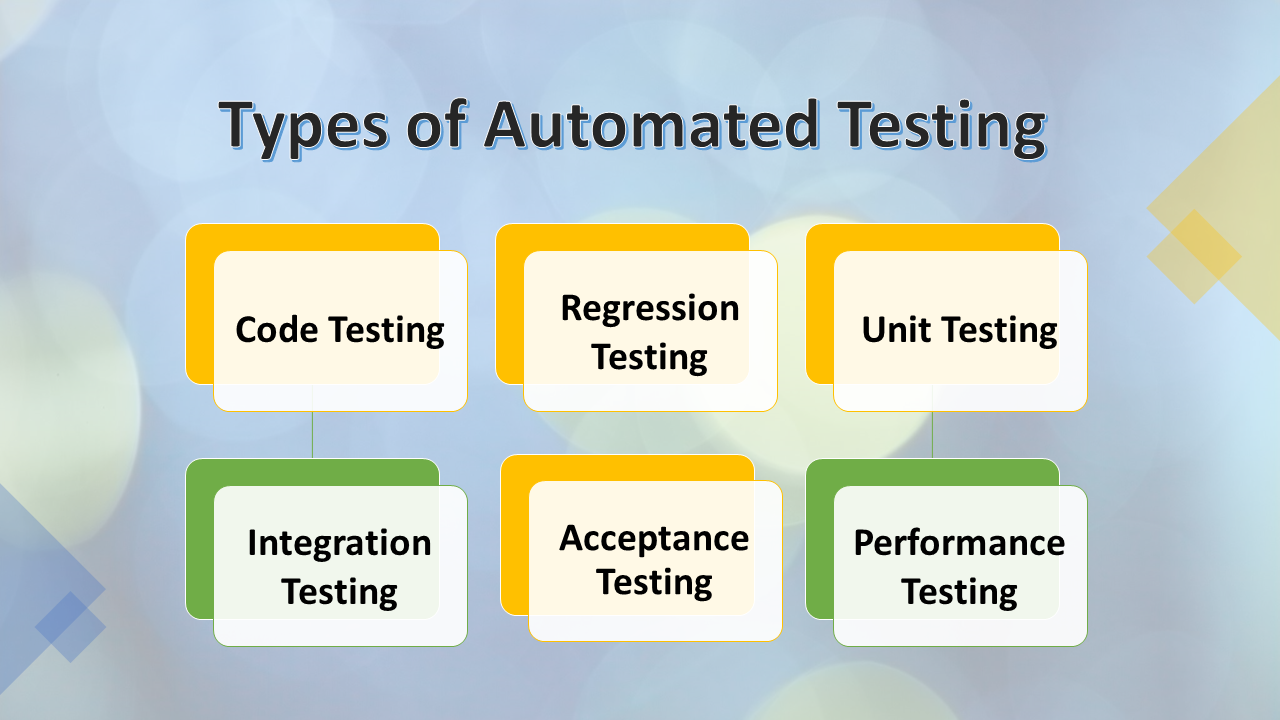Automation Testing Approaches: Ideal Practices for Seamless Combination
Automation Testing Approaches: Ideal Practices for Seamless Combination
Blog Article
From Manual to Automated Screening: A Comprehensive Guide to Transitioning Smoothly and Effectively
In the world of software screening, the shift from manual to automated procedures has become an increasingly crucial transition for companies looking for to boost performance and accuracy in their testing practices. The trip from manual to automated testing is not without its challenges, yet when come close to purposefully and with a clear plan in mind, the advantages can be substantial.
Advantages of Automated Testing
Automated testing uses various benefits, enhancing performance and accuracy in software application development processes. Automated tests can be run at the same time on several tools and operating systems, drastically speeding up the screening stage compared to hands-on screening.
Additionally, automated screening guarantees a higher degree of precision in finding defects. Uniformity in testing is additionally improved, as automated examinations implement the same actions exactly each time they are run.
Picking the Right Devices
First of all, examine your goals and demands. Recognize the extent of your project, the innovations included, and the capability of your team. This evaluation will assist you establish the attributes and capabilities you require in your screening tools.
Secondly, consider the compatibility of the devices with your existing processes and systems. Seamless integration with your present software application development lifecycle is necessary to ensure a smooth change to automation.
Furthermore, examine the scalability and flexibility of the tools. As your testing needs evolve, the devices need to be able to adjust and fit adjustments properly.
Last but not least, variable in the support and neighborhood around the devices. Robust assistance and an energetic individual neighborhood can provide valuable resources and assistance when executing automated testing. By thoroughly taking into consideration these aspects, you can choose the right devices that straighten with your demands and established the stage for an effective transition to automated screening.
Writing Efficient Examination Manuscripts

When crafting examination scripts, it is crucial to think about the specific needs of the software being checked and make certain that the manuscripts address all essential functionalities. Descriptive and clear naming conventions for test scripts and examination cases can boost readability and maintainability. Furthermore, integrating error handling devices within the test scripts can help in identifying and dealing with issues quickly.
Additionally, arranging examination scripts into modular elements can boost reusability and scalability, reducing redundancy and enhancing efficiency in test manuscript upkeep. Routine testimonials and updates to evaluate scripts are essential to equal developing software program demands and performances. By complying with these principles, testers can develop robust and reliable test scripts that add dramatically to the success of automated testing processes.
Integrating Automation Into Workflows
Efficient integration of automation tools into existing process boosts and simplifies processes performance within software program growth cycles. When incorporating automation into operations, it is crucial to identify repetitive jobs that can be automated to save time and reduce human mistake. By flawlessly incorporating automated testing tools like Selenium or Appium into the software growth lifecycle, groups can achieve faster comments on code modifications, leading to quicker pest detection and resolution. This combination enables for continuous screening throughout the development procedure, guaranteeing visit this website that any problems are identified early on, leading to higher software program high quality. In addition, automation can be utilized to activate examinations immediately after each code devote, offering immediate recognition and liberating testers to concentrate on even more facility circumstances. Correct assimilation of automation tools calls for collaboration between development, testing, and procedures groups to develop a unified operations that optimizes performance and effectiveness in supplying premium software.
Ensuring a Smooth Transition
Efficiently transitioning to automated testing entails thorough preparation and cautious execution to decrease interruptions and make the most of performance in the software application advancement procedure - automation testing. To make sure a smooth shift, it is important to start by conducting a comprehensive analysis of the present screening procedures and identifying areas where automation can bring the most substantial benefits. Involving with all stakeholders early on at the same time, including developers, testers, and task managers, is critical for gathering assistance and buy-in for the automation effort
Interaction is essential during this shift phase. Clear communication of the objectives, benefits, and that site expectations of automated screening assists to manage any resistance or problems that might develop. Furthermore, providing sufficient training and resources for employee to upskill in automation devices and methods is essential for making sure a successful transition.

Verdict
To conclude, transitioning from manual to automated screening provides many benefits, including increased performance and reliability. By picking the ideal tools, creating reliable examination scripts, and integrating automation effortlessly into operations, organizations can make certain a smooth and successful shift. It is important to embrace automation as a beneficial property in software application screening processes to boost overall quality and performance.
In the realm of software program screening, the shift from guidebook to automated processes has ended up being an increasingly crucial shift for companies looking for to enhance performance and precision in their testing methods. Automated tests can be run at the same time on multiple tools and running systems, dramatically speeding up the testing stage over here contrasted to manual screening. Uniformity in testing is additionally boosted, as automated examinations implement the same steps precisely each time they are run.To ensure the effective application of picked screening devices, the development of reliable examination manuscripts plays an essential duty in verifying the performance and efficiency of automated procedures - automation testing. By following these concepts, testers can produce durable and reliable test manuscripts that add considerably to the success of automated screening processes
Report this page